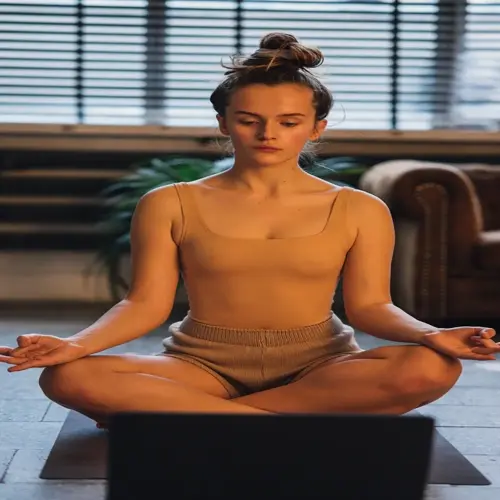Can artificial light replace morning sunlight?

Written by
Leilani Ibeh
Reviewed by
Prof. Graham Pierce, Ph.D.Artificial illumination cannot reproduce natural morning light fully because of differences in the forms of spectral composition and dynamism of intensity. Although special bulbs can simulate certain wavelengths of light, they do not possess the true relative balance of infrared and visible light, nor the atmospheric setting, which harmonizes the simultaneous regulation of several physiological processes that occur under natural conditions.
Spectral Deficiencies
- Lacks natural infrared wavelengths that support cellular repair
- Cannot replicate the balanced blue-to-red light ratio of sunrise
- Missing atmospheric diffusion that softens light intensity gradients
Biological Impact Gaps
- Fails to stimulate full cortisol awakening response
- Produces weaker serotonin production compared to natural light
- Provides incomplete signals for peripheral organ clock synchronization
Environmental Context
- Absence of natural horizon light cues for circadian orientation
- Lacks complementary sensory inputs like birdsong and fresh air
- Cannot reproduce the psychological impact of outdoor environments
Use as much man-made alternative light as possible when natural light is not available. Use full-spectrum bulbs that include near-infrared wavelengths. Place the lights at eye level from forty-five-degree angles. Combine with movement to simulate activity done during the outdoor day. I suggest thirty minutes total, within thirty minutes of arising, for a circadian effect.
Special scenarios call for customized solutions. For example, shift workers should mimic dawn with alarms that brighten gradually. Residents of high latitudes may benefit from UVB lamps used to produce vitamin D. Individuals with chronic illnesses can utilize carefully designed phototherapy devices to manage their conditions. However, remember that even the most imperfect artificial light is preferable to total darkness.
Whenever it's possible, use natural light to your advantage. Artificial light should only be used when necessary. Combine the two approaches by using light therapies while in windows. Monitor biological responses, including energy levels and sleep quality. The result must be consistency of doors that sustain and do not replace natural rhythms.
Read the full article: 10 Morning Sunlight Benefits for Health and Wellness

